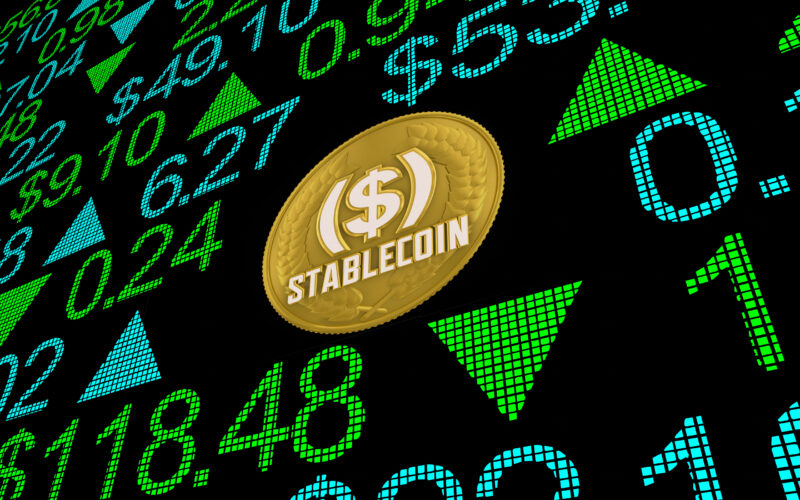In 2022, stablecoins emerged as a powerful force in the financial world, surpassing transaction volumes of industry giants like Mastercard and PayPal. These digital currencies, with a staggering volume of nearly $6.87 trillion in 2021, have become an integral part of the cryptocurrency economy. However, despite their significance, the United States is lagging behind in stablecoin policy and global competitiveness.
The Decline of American Influence in the Stablecoin Market
The majority of stablecoin activity, accounting for about 60% of all transactions, is now controlled by non-U.S. entities. This shift in control suggests a decline in American influence in this sector. The United States has not taken proactive measures to create a competitive regulatory environment, resulting in a shift of stablecoin activities overseas. According to the 2023 Geography of Cryptocurrency Report, a significant portion of stablecoin transactions now occur through non-U.S. licensed services in the top 50 exchanges.
Jason Somensatto, the Head of North America Policy at Chainalysis, stresses the importance of well-structured regulation for the stablecoin sector, particularly in terms of global and national security. Failure to do so can lead to the United States losing its ability to enforce critical measures against money laundering and terrorism financing.
Economic Repercussions of Neglecting Stablecoin Regulation
Beyond security concerns, neglecting the stablecoin sector also poses economic risks for the United States. An uncompetitive regulatory environment can hinder business growth and innovation. Additionally, the U.S. could miss out on opportunities to lower costs for consumers and reduce borrowing costs for the government. Furthermore, by not establishing a dominant role in the stablecoin market, the United States could lose the advantages it currently enjoys from the dollar’s central role in international trade and finance.
The Proposed Clarity for Payment Stablecoins Act
A potential solution to address the challenges in stablecoin regulation is the Clarity for Payment Stablecoins Act, a novel legislative effort. This proposed legislation aims to establish standards for reserve assets, empower the Federal Reserve to conduct oversight, and mandate regular disclosures to consumers. Such comprehensive regulation could provide a promising approach to ensuring the stability and security of the stablecoin sector.
The Unique Risks and Advantages of Stablecoins
Stablecoins, with their operation on public blockchain networks, present a different set of risks and advantages compared to traditional payment methods. Somensatto argues that stablecoins are neither riskier nor safer than traditional payment forms but possess unique characteristics that require tailored regulatory models. Unlike traditional banks, whose complex systemic risks make regulation challenging, stablecoins, backed by reserves, simplify oversight while introducing new operational risks.
In Conclusion
The exponential growth in stablecoin transaction volume highlights their increasing importance in the financial world, outpacing traditional financial giants. However, the United States’ lag in policy and regulation raises concerns regarding its ability to leverage stablecoins in both domestic and global financial systems. With significant economic and security implications at stake, adapting crypto regulation strategies to harness the potential of stablecoins becomes paramount for the United States.
















